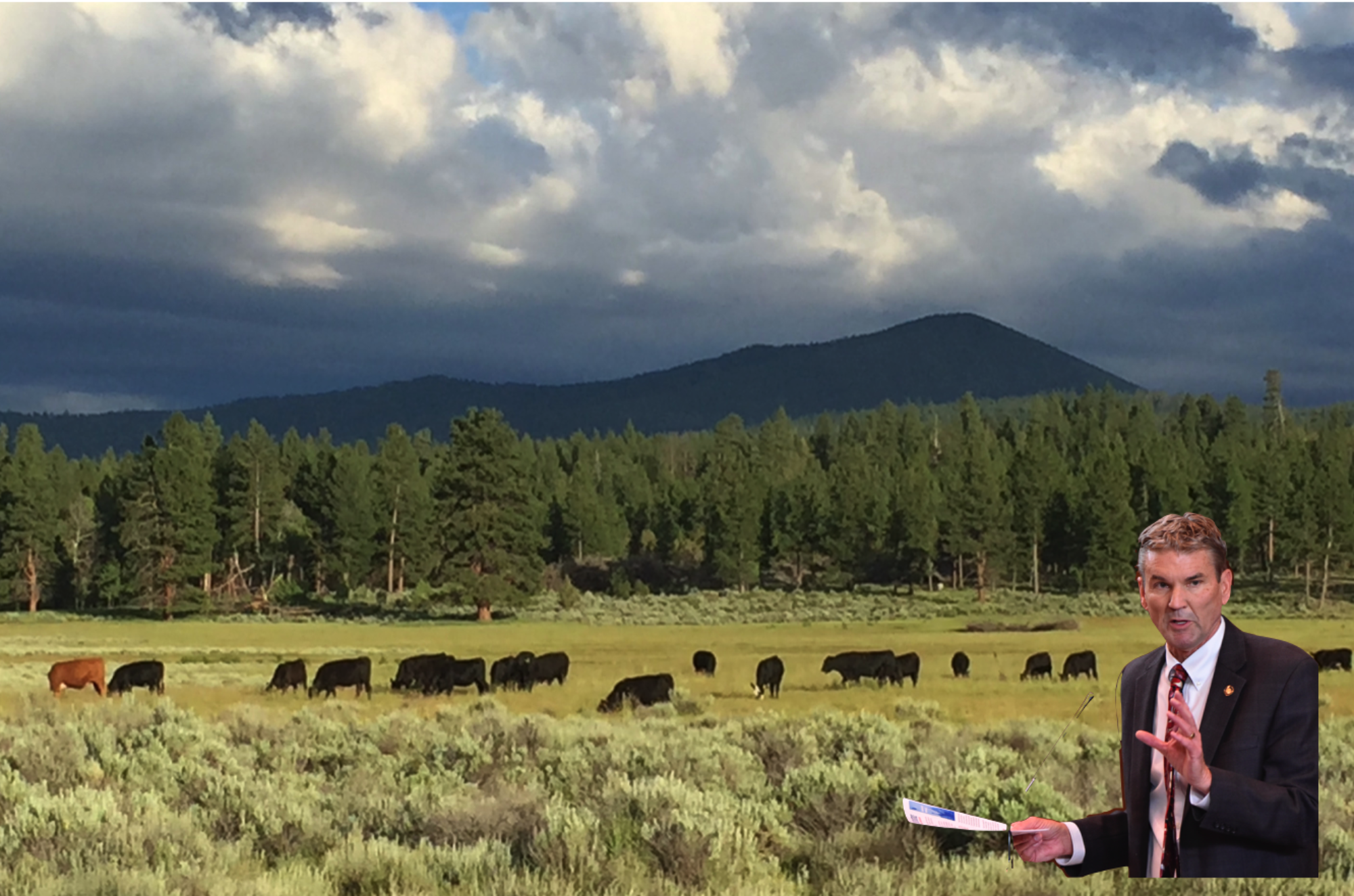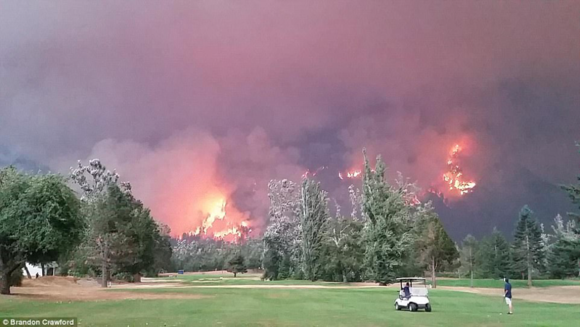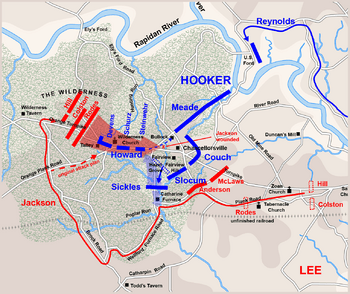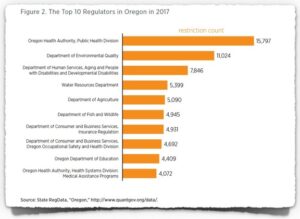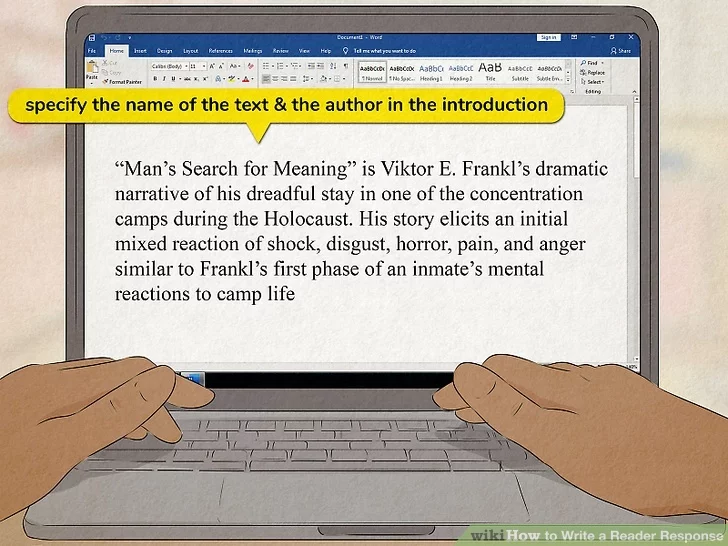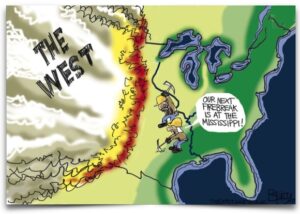Oregon State Legislature sent this bulletin Tuesday, September 26, 2017 by devadmin
Recently, the Trump Administration reached an agreement to increase the debt ceiling. The new debt limit expires in December 2017, but using the fuzzy math of the Fed it could continue to grow endlessly.
The Washington Post tells us that Congress has raised the debt ceiling 78 times since 1960. The debt ceiling is supposed to be a backstop against runaway check-kiting but it works better in theory than in practice.
Technically, the national debt declined in absolute terms by about $100 billion during the first six months of Trump’s presidency. But it did not take long to undo those savings.
CNSNews.com reported, “After President Trump signed the legislation suspending the debt limit, the total debt immediately jumped to $20,162,177,000,000.” Meaning, on the day it officially topped $20 trillion, the debt jumped $317,645,000,000.
The status quo machinery churning in every nook and cranny of D.C.’s bureaucratic hallways is an underlying source of this debt. This debt doesn’t include any future obligations from Medicare, Medicaid, or Social Security. It is the result of ongoing government business and budget deficits across the board, from increased spending under Obamacare to an enormous panoply of programs that just keep growing.
For instance, the United States Forest Service (USFS) is an agency of the U.S. Department of Agriculture which administers a system of 154 national forests and 20 national grasslands in 44 States and Puerto Rico. The National Forest System includes specially designated wilderness areas, wild and scenic rivers, national monuments, research and experimental areas, and other unique natural and cultural treasures. These lands encompass 193 million acres, an area almost twice the size of California, or 270 times larger than Rhode Island.
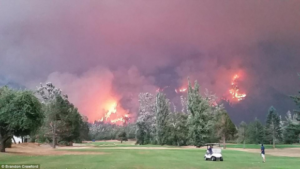
The USFS motto is, “Caring for the land and serving people,” and their mission is “to sustain the health, diversity, and productivity of the Nation’s forests and grasslands to meet the needs of present and future generations.” However, I wonder if this agency’s leadership has misplaced their high calling because this is not what we have been experiencing this summer across Oregon’s federally managed lands.
USFS literature informs us, “the Forest Service is spending more than 50 percent of its budget to suppress the Nation’s wildfires.” As the costs of fighting wildfires have grown, the agency must shift staff and resources from nonfire to fire-related programs. This process, known as “fire-borrowing,” erodes its ability to serve Americans with clean air and water, protected watersheds and wildlife habitat, and opportunities for outdoor recreation. As these financial resources get whisked away, timber management backlogs occur in harvesting, fuel reduction, forest thinning and timber sales.
The USFS recognizes they have budget woes. They also acknowledge that fires have worsened and monies are being diverted from important budget line-items to fight mega-fires. Yet, the USFS allows their presuppositional preference for fires as “beneficial and natural” to persist as their go-to policy tool. The agency is even mandated to, “create an organizational climate that supports employees who implement a properly planned program to reintroduce wildland fire.“
Unfortunately, this tragic policy preference is wasting our tax dollars, destroying our natural resources, and increasing our deficit spending.
Our forest and grassland resources are now at risk due to the USFS’s acceptance of this faulty fire management policy. In fact, “Forest Service scientists predict that fire seasons could return to levels not seen since the 1940s, reaching 12 to 15 million acres annually.” This quote is quite telling.
While claims abound that Oregon’s current explosion of mega-fires stem from drought, invasive species, and severe outbreaks of insects and disease exacerbated by a changing climate, it apparently isn’t true. After all, 1940 was eighty years ago.
Where are the global warming statistics from the 1940’s or 1950’s? Is there historical evidence from the 1940’s that global warming caused significant stress and disturbances across America’s forests, grasslands, and watersheds?
The answer is NO.
However, policy changes over this time have been significant. Instead of focusing on suppression or containment, USFS policy has shifted towards fire management complete with “restoring the natural role of wildland fire as an ecological process.”
I’m beginning to think that agencies, such as USFS, BLM, NOAA, EPA, USFW, BIA, ATF, CEQ, etc., are the intestines, or the digestive tract of the federal leviathan. In the digestive process the host consumes, prospers and grows while nothing remains but the waste and byproducts on the surrounding landscape.
These agencies spawn numerous other parasitic organizations which benefit from the funding stream. In the interest of self-preservation each of these agencies promote environmental activity under the color of “saving our planet.” Environmental activist groups and other non-governmental organizations (NGO’s) mask and multiply policy decisions across the landscape. All of this is funded by taxpayer dollars.
In addition to the enormous growth in government spending, Americans also bear the costs associated with lost opportunities in the marketplace. We loose access to widely available natural resources. We suffer the destruction of our forests, land and productivity, while we bear the burdens associated with unnecessarily complex regulatory schemes.
As a former County Commissioner for Klamath County, Oregon, I continually faced federal bureaucrats who thought they knew more than the people who live, work and play in Oregon’s neighborhoods and communities.
Could it be possible that somehow Oregonians are not capable of managing their pristine and bountiful landscape? Does anyone really believe that Oregonians lack the knowledge, skill or intelligence necessary to manage their own local resources? Are the people of our state incapable of exerting the proper levels of care, precision, and rigor that might be necessary for keeping their own homes, forests and communities prosperous?
These are purely rhetorical questions that highlight the deeper issues associated with federal dominance in local issues. Remember, the federal government is $20 trillion in the hole because it will not follow a stewardship model that would allow these natural assets to pay their own way. Oregon can do better.
The members of our Joint House and Senate Wildfire Caucus will be working through details and drafting solutions. The real question is one of authority, jurisdictional power and control. Each of these issues deserves prompt, thoughtful and appropriate answers.
Fabius, the pen-name of one of our nation’s prominent founders, John Dickinson, gave us some insight. He wrote, “It will be their own faults, if the several States suffer the federal sovereignty to interfere in the things of their respective jurisdictions.”
Remember – If we don’t stand for rural Oregon values and common sense – No one will!
Best regards,

Dennis Linthicum
Oregon State Senate 28
